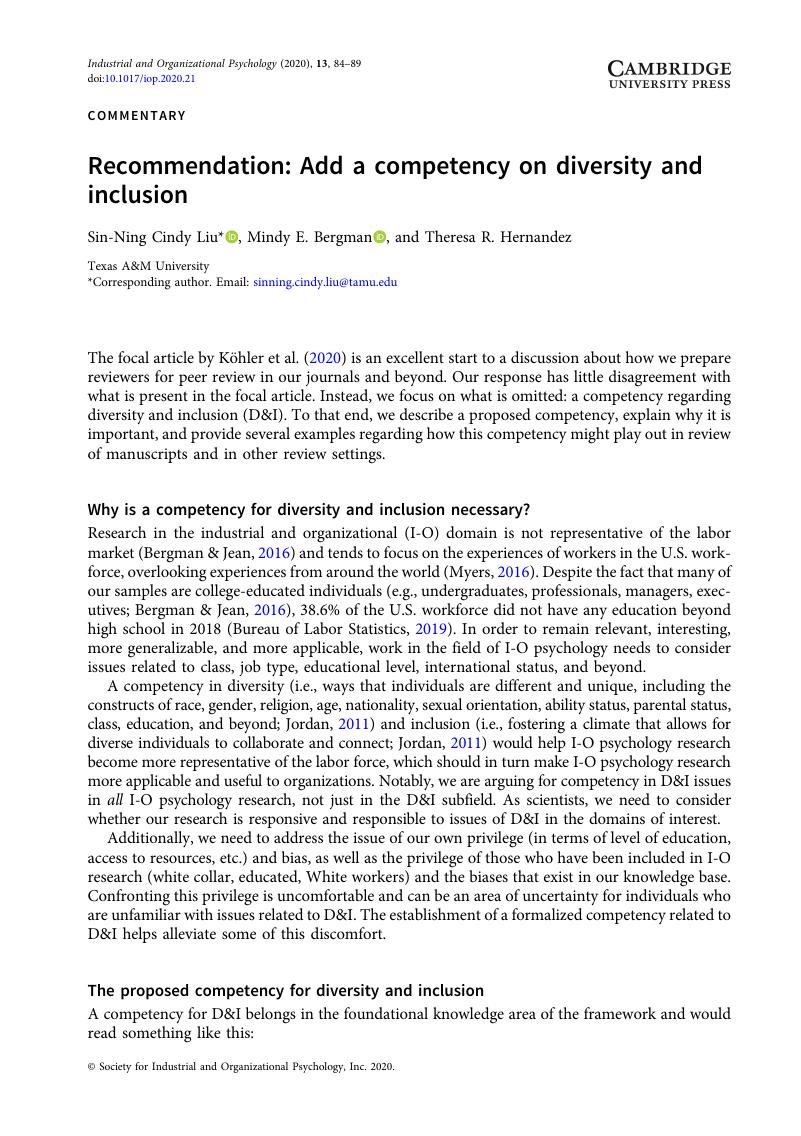Crossref Citations
This article has been cited by the following publications. This list is generated based on data provided by Crossref.
Girolamo, Teresa M.
Castro, Nichol
Fannin, Danai Kasambira
Ghali, Samantha
and
Mandulak, Kerry
2022.
Inequity in Peer Review in Communication Sciences and Disorders.
American Journal of Speech-Language Pathology,
Vol. 31,
Issue. 4,
p.
1898.



